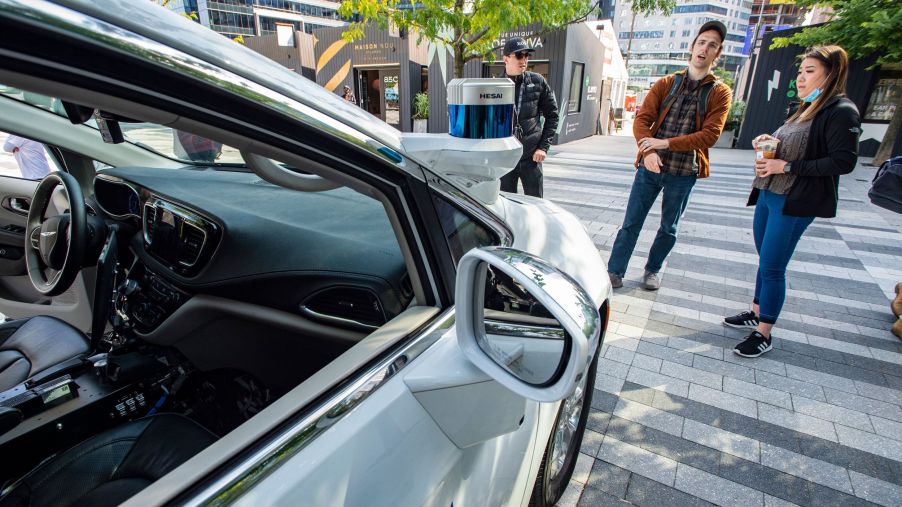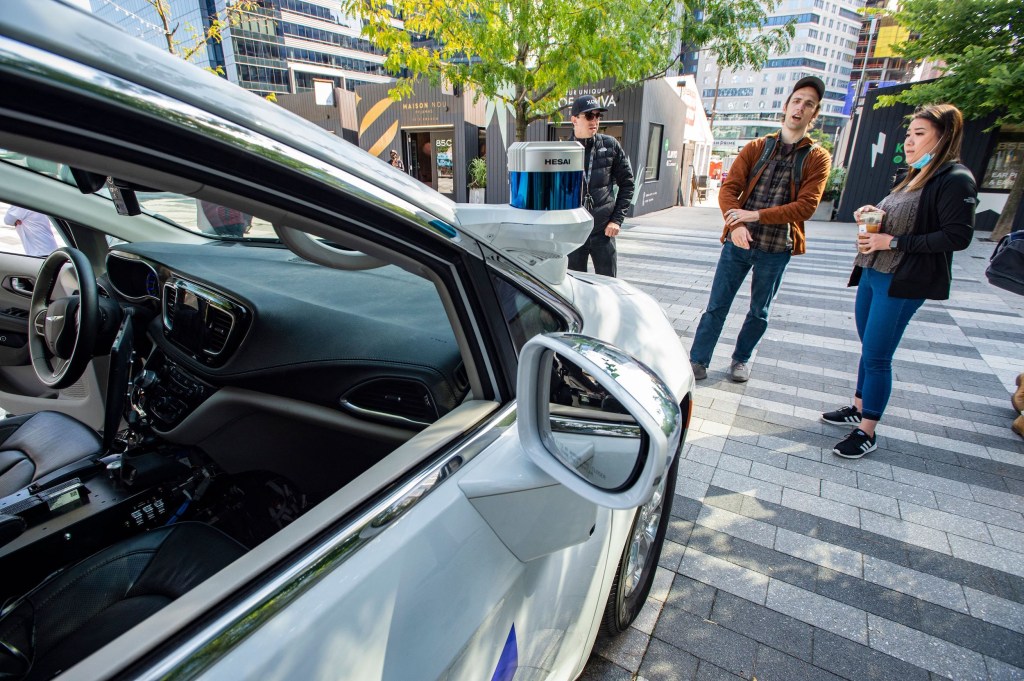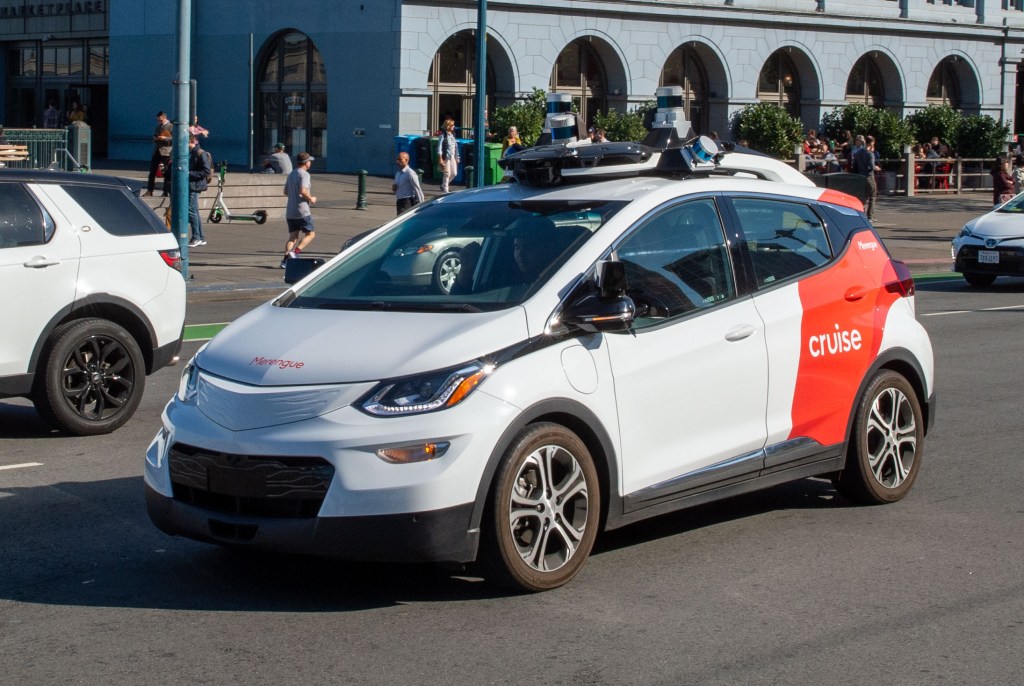
Motional Is Expanding its Driverless Vehicle Operations, Aims to be Fully Autonomous by 2023
The race to put driverless vehicles on the road is seemingly never-ending, however, Motional is getting closer to the goal. The Boston, Mass.-based autonomous car company partnered up with Lyft back in 2018 and has provided over 100,000 driverless rides through the Lyft app since then. Motional is now planning to expand its testing facilities – which will double its size and create more jobs in the process – in order to meet its goal of fully launching a commercial driverless fleet by 2023.
Motional currently employs safety drivers on its driverless rides

While the term “driverless car” refers to a fully autonomous vehicle that can operate sans a human being in the driver’s seat, many driverless car companies have utilized operators behind the wheel to ensure the vehicle’s safety while testing. Autonomous front-runners, Cruise and Waymo, have had drivers at the helm of their test cars for years and Motional has done the same. However, Motional does have an ace up its sleeve in the form of a genuine test track.
Located near the McCarren airport in Las Vegas, the Motional test track is a private closed course where their vehicles – supplied by Hyundai – can go through their testing and engineering phases safely. Trained vehicle operators and test engineers put the cars through their paces in order to stress-test the vehicles when it comes to obstacle detection and maneuvers.
However, Motional plans to triple the size of the test track and expand the testing to include high speeds, busy urban settings, variable lighting, and various rain conditions, reports The Las Vegas Review-Journal. The course will reportedly allow for “four times the volume of testing” as multiple driving scenarios can be set up simultaneously.
Motional’s expansion will eventually remove the driver
Aside from expanding the test track, Motional plans to increase the size of its operations center as well. This means that in the next year, it should be able to employ about 100 more people in order to accelerate its research and development in the driverless vehicle sector. Additionally, the company still plans to test its cars on public roads at the same time. Eventually, with this new phase in testing – and the release of their new Hyundai Ioniq 5 vehicle testbeds – Motional will be closer to removing the drivers from its cars by 2023.
“The Las Vegas expansion marks a significant investment in Motional’s R&D operations that will allow us to accelerate testing ahead of the commercial deployment of our fully driverless robotaxis in 2023,” said Karl Iagnemma, Motional’s president and CEO. “Las Vegas is an integral part of Motional’s testing ecosystem, which includes diverse driving environments and conditions across multiple cities and continents. This enables us to develop a highly advanced and safe driverless system that can scale globally.”
Motional plans to expand even more in the coming years

While the Las Vegas expansion is the latest news in Motional’s growth, the company doesn’t plan to stop there. It plans to set up operations in the Los Angeles, Calif., area in order to conduct testing on public roads and it also plans to hire more engineers and add an office in the Northern California Bay Area.
That’s a pretty wise move considering its main competitors, Waymo and Cruise, have been testing in those dense urban areas for years, so it only makes sense for Motional to do the same. As far as which company will be the first to officially bring a commercial driverless vehicle to market, only time will tell. But it could be only a couple of years away.



